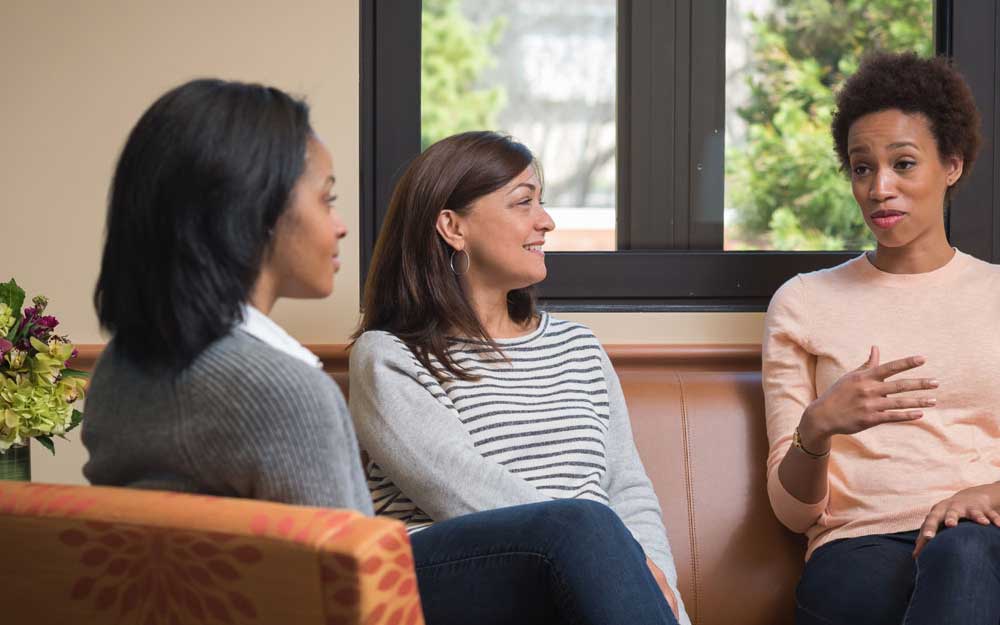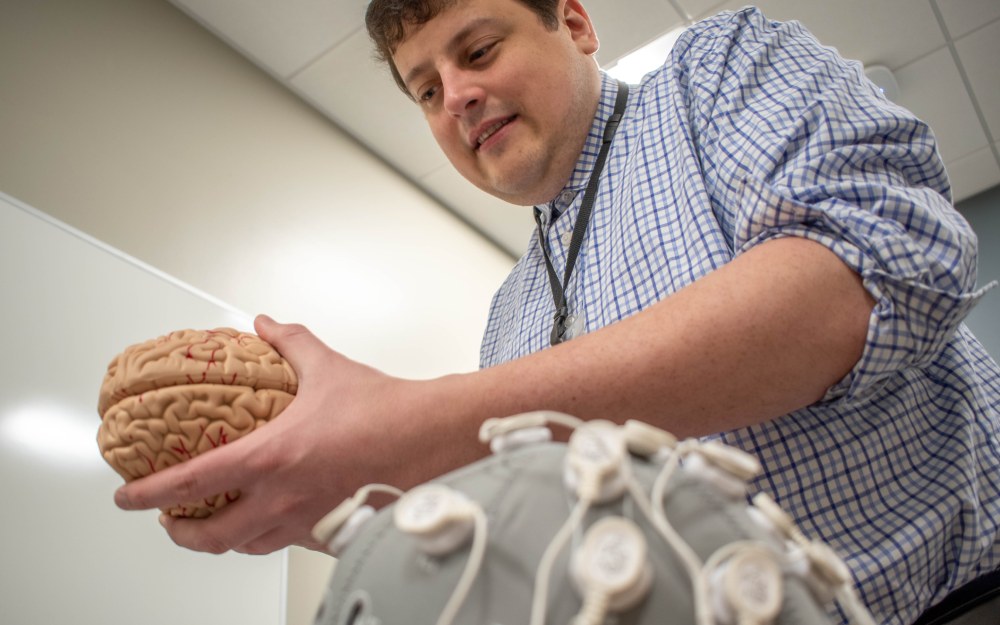
Shared waitlists lead to better patient experience at Rogers
03/24/21 10:10:am
The launch of Rogers Connect Care opened up treatment to many who previously couldn’t access our care. But offering virtual treatment also highlighted the growing need for a shared waitlist to allow for expediated admissions. While a rapid improvement event was already planned prior to the pandemic, it was moved up after the Intake and Transitions value stream saw an increasing need in the community.
Cynthia Draxler, lead intake specialist in Brown Deer, and Tonya Stoll, Patient Access supervisor, are process owners for the Intake and Transitions value stream spreads. They say that keeping all the waitlists in Cerner has allowed everyone to have access to the same information.
“We see the demand of all the programs we offer and that patients need the services,” Cynthia and Tonya say. “We want to be able to serve as many as we can based on the needs of communities. Standardizing this process across the system will help our patients access our care quicker.”
Some states and payors are pulling back on allowing people to cross state lines for virtual treatment, but Cynthia explains that there is a significant number of families and patients who have the capability to travel to multiple clinics or temporarily reside in the state they’re seeking services in.
“We have a lot of locations in Wisconsin that can share cases, but people may also have relatives who live near another Rogers clinic that they can stay with,” she says. “With the rise of people working from home, it makes it even more possible for them to relocate to seek the services that they or their child needs.”
In addition to the Cerner waitlist, a shared document on program wait times is updated twice daily, to ensure intake staff has access to accurate information and directors of operations can monitor where things can be more efficient or effective.
“Reports can be pulled from the Cerner waitlist across all locations since it’s all the same platform—it’s easier all around,” Cynthia adds.
Another big change contributing to reduced admission time for patients is making one program recommendation stand across all locations within the service line. For instance, if someone is recommended a partial hospitalization program for OCD and anxiety in Appleton, they wouldn’t have to have their screening reviewed again for approval in Brown Deer. Combined with the shared waitlist, it allows for the intake team to recommend alternative locations if there is a long wait list at one clinic.
Cynthia and Tonya say this has been immensely positive for both patients and Rogers team members.
“There isn’t as much back and forth and waiting,” they say. “It takes some weight off of the reviewing providers as well so they can focus on other things.”
Implementing child and adolescent shared waitlists for outpatient programs is currently in progress.





